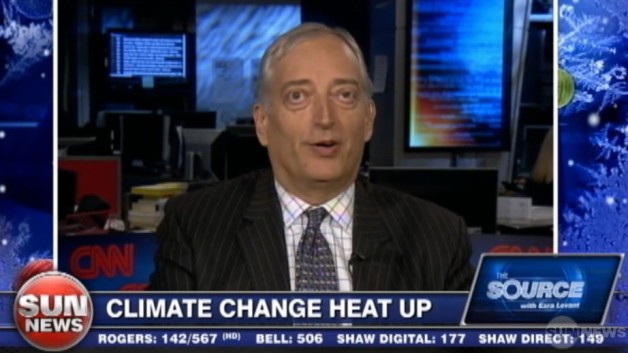The ski industry is big business.
Climate change and ski resorts Industry looks to take lead on issue
Last May, 108 ski areas from around the country signed the Climate Declaration, calling on federal policymakers to act on climate change.
“Ski area environmental programs have come a long way in 20 years, particularly in terms of their level of sophistication, demonstrated results and their concerted focus on addressing climate change,” said Geraldine Link, the public policy director for the National Ski Areas Association. “Signing the Climate Declaration is the next logical step for our members to get solutions to scale.”
Those solutions have been slow going in Congress, leaving the ski business and ski resort companies frustrated with a sense of responsibility to take whatever action they can as an industry.
“Signing the Climate Declaration is the next logical step for our members to get solutions to scale.”
Geraldine Link
Public policy director for the National Ski Areas Association
The NSAA’s Sustainable Slopes program is in its 13th year and more than 190 ski resorts have endorsed the Environmental Charter, meaning they’ve identified an environmental contact person and have taken steps toward improved environmental performance.
Many resort companies, especially heavy hitters like Vail Resorts, Powdr Corp. and Aspen Skiing Co., are taking environmentalism far beyond what’s expected in the industry.
Vail Resorts has added many jobs over the years to focus on environmental initiatives. Environmental responsibility has become one of the company’s main messages to its customers and its employees.
Luke Cartin, the senior mountain environmental affairs manager for Vail Resorts, oversees a team of seven environmental managers. Sean Conboy, the corporate energy manager, oversees energy strategies and conservation efforts. Nicky DeFord is the company’s senior manager of charitable contributions who also organizes company volunteer days, which often include environmental projects such as the Hayman Fire restoration, in which the company contributed $4 million and volunteers planted 1 million trees and seeded 17,000 acres.
Rick Cables, previously the head of Colorado Parks and Wildlife and the U.S. Forest Service Rocky Mountain region director, was hired for the company’s newest environmental role this year: vice president of natural resources and conversation.
“There’s been sort of a strategic shift in the last several years,” Cables said. “It’s (the company) being systematic about how we achieve conservation sustainability objectives.”
Vail Resorts set a 10 percent energy reduction goal in 2008, but it was before the company had put a lot of thought into its strategies for energy use, Conboy said.
“It took a long time for us to do analysis of what energy we were using and figure out a baseline,” he said. “Over the course of three years, we ended up working to educate employees, drive payroll changes and do small capital projects. … By the end of the 2011 fiscal year, we reduced electricity and natural gas use by 10.75 percent.”
The company is now working on its next goal to save another 10 percent in 10 years. Just two years in, savings have already reached 4.7 percent, Conboy said.
Aspen Skiing Co. has been doing a detailed energy analysis — the type of analysis Vail Resorts only initiated within the last few years — for more than a decade.
Aspen releases an annual sustainability report, which breaks down the company’s carbon dioxide emissions and energy consumption, including natural gas, water and fuel usage. In 2000, the company emitted 31,605 tons of carbon dioxide. Its lowest emissions year was 2003, with 28,725 tons of carbon dioxide emissions, while the highest year was 2006, with 32,676 tons.
Vail Resorts, a publicly traded company, doesn’t release its emissions figures, but Conboy said the company’s five energy-saving focus areas are lifts, facilities, snowmaking, grooming and restaurants. The company has invested more than $4 million in snowmaking efficiency upgrades alone in recent years, saving more than 6 million kilowatt hours per year.
One of the major upgrades happened at Breckenridge in 2012. The resort replaced 150 snow guns with lower energy guns that run more efficiently. The company reports it will save 1,142,641 kilowatt hours of energy, enough to power nearly 1,200 American homes for a month.
Copper Mountain Resort parent company Powdr Corp. is a believer in human-caused climate change, which is why the company’s chief sustainability officer Brent Giles feels a moral obligation to take environmental strides.
http://www.summitdaily.com/news/9518503-113/company-resorts-ski-vail



